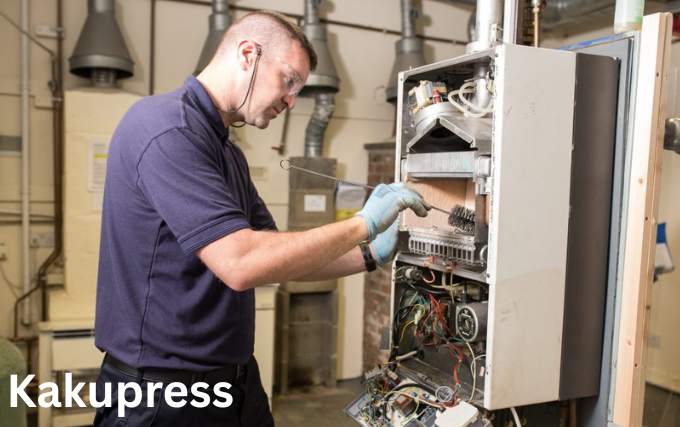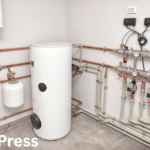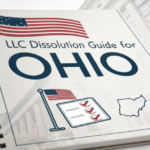If you’re planning a career in the trade around Worcestershire, start by mapping your route with nvq level 3 electrical and exploring local Electrician Courses in Worcester for hands-on learning close to home. With those foundations in mind, here’s what effective electrician training should include—and how to choose a pathway that leads to long-term success.
Why structured training matters
Electricity rewards precision and punishes guesswork. A well-designed programme builds safe habits, sound judgement, and the ability to deliver compliant work under time pressure. In addition to boosting career prospects, structured training minimizes costly rework, reduces preventable errors, and speeds the shift from supervised duties to full independence.It’s the difference between copying a diagram and truly understanding why each design choice, test value, and safety step matters on a live site.
Core knowledge you’ll actually use
Strong Worcester electricians don’t just follow instructions—they understand the “why” behind them. Quality training develops fluency in the fundamentals: voltage, current, resistance and power, how these interact in real circuits, and what that means for cable sizing and protective device selection. You’ll learn to read and red-line schematics, trace fault paths, and anticipate how installation decisions affect performance and safety. Just as importantly, you’ll practise professional documentation—certificates, schedules of test results, and clear as-built records that stand up to audit.
Turning theory into competence
Competence is built in the workshop. Expect repeated, supervised practice across the core tasks you’ll face on site:
- Choosing and terminating cables for various wiring systems, along with selecting suitable enclosures and complementary accessories.
- Containment and routing using conduit, trunking, tray and basket—with neat radii, correct fixings, and clean workmanship.
- Distribution board assembly with appropriate device selection, discrimination, and tidy dressing for future maintenance.
- Testing and commissioning including insulation resistance, continuity, earth-fault loop impedance, RCD tests, and functional verification—performed correctly and recorded clearly.
Good centres simulate real-world constraints: awkward voids, time limits, and unexpected snags. You’ll build speed without compromising safety or standards.
Safety and compliance woven through everything
Safety isn’t a standalone module; it’s integrated into every task. Training should embed risk assessments and method statements, safe isolation and lockout/tagout discipline, correct PPE and manual handling, and a practical understanding of current wiring rules. The goal is confidence applying requirements on real jobs—not just memorising them for an exam—so you can spot compliance implications early and design out problems before they become costly rework.
Training for today’s technology
Clients are increasingly prioritizing efficiency, seamless connectivity, and the transition toward electrified solutions. Leading programmes introduce the systems you’ll encounter on modern projects:
- EV charging: conducting site assessments, managing electrical loads, and designing circuits for residential and small-scale commercial installations.
- Solar PV and battery storage: fundamentals, protective measures, and secure integration with current distribution board setups.
- Smart controls and building automation: sensors, timers and networked devices that deliver measurable energy savings.
- Low-energy lighting and emergency systems: practical approaches to controls, verification, and documentation.
Even an introductory grasp of these topics helps you advise clients credibly and positions you for higher-value work.
The Worcester advantage
Training close to home matters. Worcester-based courses cut travel time, increase hours on the tools, and connect you with regional employers who are actively hiring. Local providers typically offer day, evening, and weekend schedules; smaller cohorts for meaningful tutor contact; and realistic training bays that mirror site conditions. Those local links—supervisors, site managers, and subcontractors—often turn into placements, references, and interviews, helping you move from training into paid work with momentum.
Evidence, assessment, and progression
If you’re building towards competence sign-off, start collecting evidence early: clear photos, labelled test sheets, as-built drawings, and short notes on how you solved specific problems. This habit speeds portfolio building and strengthens your case at assessment. After your initial qualification, keep your skills current with targeted CPD—code changes, new test methods, or specialist modules like EV charging and controls. Consistent, documented development is what employers and main contractors look for when entrusting greater responsibility.
Selecting a provider you can confidently stand behind
Before you enrol, run a quick quality audit:
- Instructional pedigree: tutors with current site experience and strong learner outcomes.
- Facilities: equipped with ample rigs, tools, and testing equipment to enable real hands-on training rather than mere demonstrations
- Cohort size: manageable groups that allow close supervision and safe practical work.
- Support: assistance with portfolios, exam preparation, and interview skills, plus defined advancement pathways once you’re certified.
- Employer connections: collaborations that provide genuine on-site experience and valuable job opportunities.
- Outcome transparency: honest pass rates and recent feedback from graduates now working in the field.
Choosing well at the outset saves time, money, and frustration later.
Make your training count
Treat each session as part of your professional reputation. Arrive prepared, practise deliberately, and ask questions until processes make sense. Keep tidy notes, measure twice, and aim for workmanship that makes testing—and future maintenance—easy. Those small disciplines compound into competence, confidence, and credibility on site.







